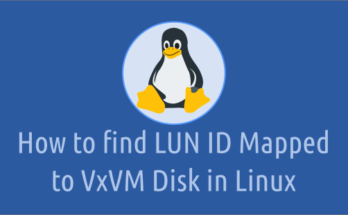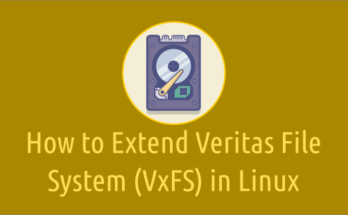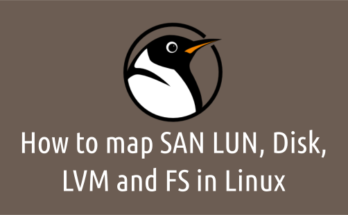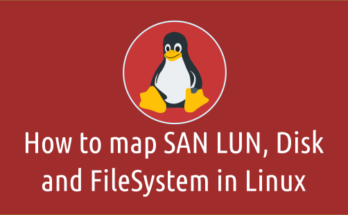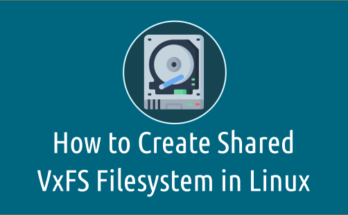
How to Create Users using Shell Script in Linux
Creating users in Linux/Unix is a straightforward task. However, adding multiple users across multiple servers can be a time-consuming task, so you can automate this with a shell script to …
How to Create Users using Shell Script in Linux Read More
